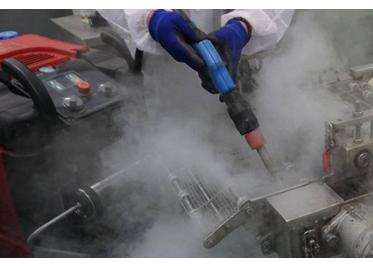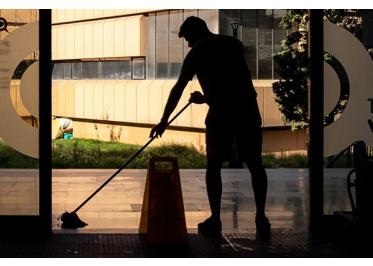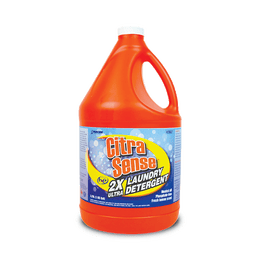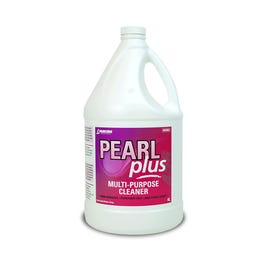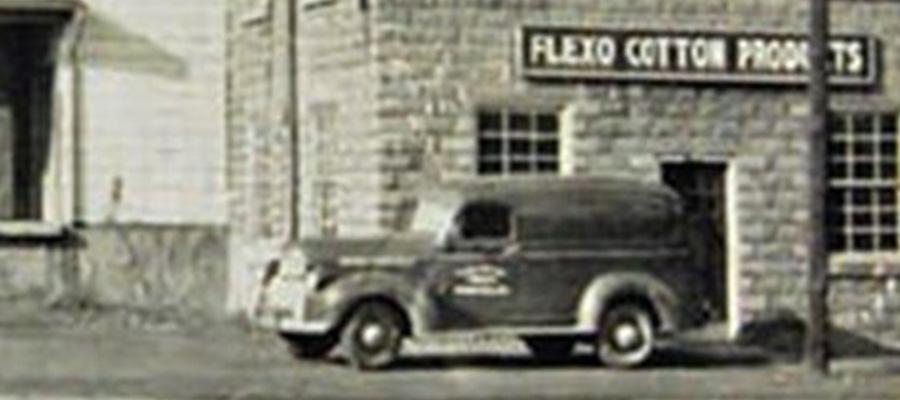
A Short History of Cleaning
How Do Cleaning Products Work?
The process of cleaning is a balance of 3 different cleaning energies, plus time.
The methods of cleaning include the use of:
- Chemical Energy - Provided by a soap or detergent
- Mechanical Energy - Provided by the use of scrubbing with hands, or a machine such as a laundry machine, pressure washer or auto scrubber
- Thermal Energy - Provided by heated water, which allows for more efficient cleaning
- Time – Provides extra cleaning ability by allowing a chemical to interact with a surface longer to penetrate the dirt or grime. Dwell time also allows a disinfectant/cleaner to sit on the surface to “kill” germs or viruses.
In the absence of one of the above, you can easily substitute additional strength to another. An example of this is a load of laundry. Delicate clothing can be damaged by a full speed washing cycle or hot water. In the absence of a full speed cycle (mechanical energy) and hot water (thermal energy), a specialized detergent (chemical energy) can be used in combination with a longer washing cycle (time) to make up for the other two.
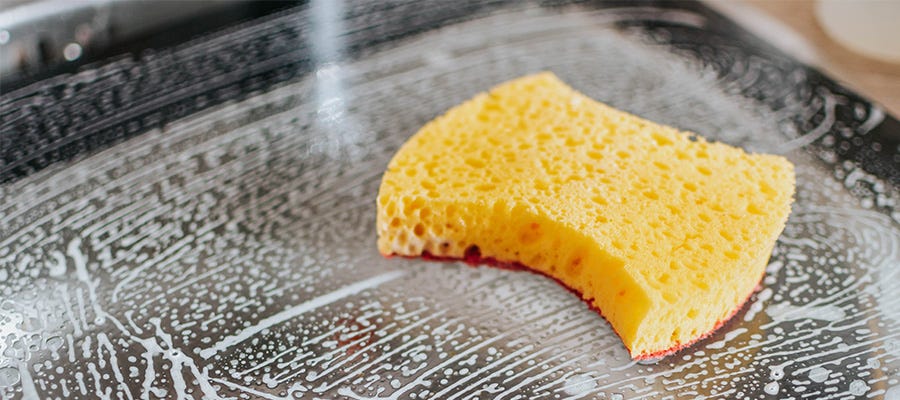
When was Soap first used?
I can tell you that ancient Babylonians understood soap-like material for nearly 5,000 years. At that time, soap was made with fats boiled with ashes, which is not exactly how we do it today.
Where did the word "Soap" come from?
This process evolved over thousands of years to treat medical skin issues and to provide an easy method of washing the body. The word originates from the Roman legend about Mount Sapo. It was the ashes from this mountain after a rainfall, combined with vegetable oils, animal fats and alkaline salts that were used to form a clay-like mixture for cleaning.
Fast forward to the 7th century where countries such and Italy and France began manufacturing these products regularly. It was not until the 1600’s that North American began manufacturing soap and 1791 before Nicholas Leblanc (a French chemist) patented the process for making Soda Ash from common salt.
By the 1850’s manufacturing was a booming industry in North America. This remained the same until the first and second world wars in which a shortage of animal fats and vegetable oils required new research and development to create soaps from synthesized ingredients.
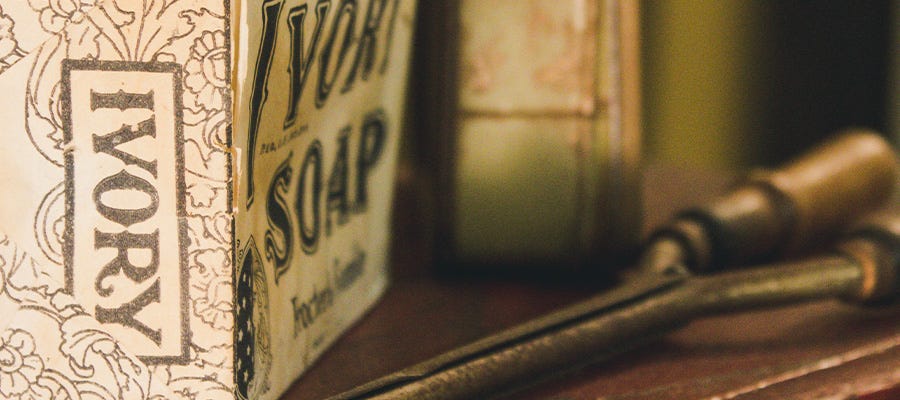
What is the difference between detergent and soap?
Most products we consider soap today are actually detergents. We generally thnk of soap coming from from natural sources such as corn, or coconuts, or tallow. Detergents encompass these natural source products, plus they include those that come from synthetic ingredients that can start from oil or natural gas.
It is important to not assume that natural is better than synthetic as they each have benefits and drawbacks. For example, natural soap can form a scum in hard water, can turn laundry gray, and generally has a pH of around 9. Soaps from synthetics may be pH balanced to our skin (7.0), have higher foaming than natural products, and may help in preventing soap scum. It is very common that cleaning formulations or hand soaps mix both naturally sourced and synthetic chemicals together.
Understanding Cleaning Ingredients
Surfactants – Otherwise called surface active agents, can make water “wetter” and provide cleaning power in products by attracting, emulsifying and washing away dirt, grease and oil.
Builders – These are chemical compounds that are added to a detergent to improve its cleaning properties. For example, they might be used to soften water, or increase or decrease alkalinity.
Solvents - Assist with dissolving oil and grease so that the surfactants are better able to emulsify those soils. They can also help couple ingredients together that would normally separate. Other uses include adjusting thickness, or preventing products from freezing in cold climates.
Enzymes - Non-living organisms that are created to assist in removing stains, killing organisms that cause odours, and breaking down dirt for more effective cleaning.
Fragrances - An additive often used in cleaning products for the purpose of providing a pleasant smell.
Preservatives - Reduce the the number of micro-organisms that grow in or on the cleaning product, extending the shelf life accordingly.
pH Adjusters - Mixing various raw ingredients together can create a product that is either acidic (pH <7) or basic (pH >7). Neutral ingredients such as a purified water have a pH of 7. If the cleaning product is intended for the skin, it is important that the pH be balanced as close to 7 as possible to prevent irritation. Manufacturers will deploy pH adjusters accordingly.
Dyes - Used to adjust the colour of a product for cosmetic reasons or for safety reasons to distinguish it from water.
Thickeners - An additive used to adjust the thickness (or viscosity) of a cleaning product. Imagine soap as thin as water, it would be difficult to keep in your hands - manufacturers will use thickeners to improve a product's usability.
Foam Enhancers – Can help a cleaner cling to vertical surfaces so that it keeps the ingredients on the surface longer. These foam enhancers can improve the usability of the product so that a customer can see where the chemical has been applied.
Disinfectants - These ingredients are added to products to specifically target various forms of germs, viruses and bacteria found on surfaces. They can be combined with cleaning agents to create products that clean and disinfect at the same time.
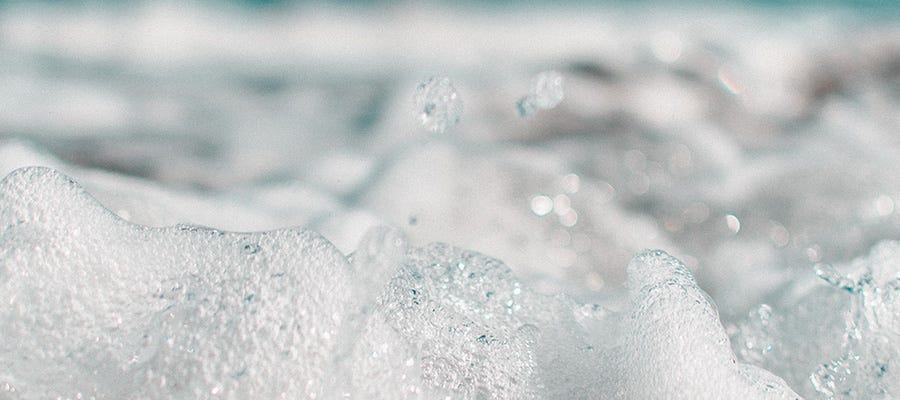
The Chemistry of Cleaning
If you have ever seen a drop of water land on a surface you understand what a ‘water bead’ looks like. The formation of a water bead occurs because water (and it’s molecules) are more attracted to itself than it is to most other surfaces that it comes in contact with. This property of water is known as ‘surface tension,’ and stands in the way of effective cleaning.
In order to clean surfaces well, the surface tension of water must be reduced. This reduction allows the water to spread and interact with the surface you are trying to clean. To do this, we use a group of products known as surfactants.
How do surfactants work?
Surfactants are generally categorized as anionic, cationic, or non-ionic, depending on the charge of the molecule. They all have slightly different properties.
The majority of surfactants at a microscopic level have two ends, hydrophobic (water repelling) and hydrophilic (water attracting).
The hydrophobic end attracts oil, grease and dirt (think of magnets attracting iron filings), while the hydrophilic end is attracted to the water.
To facilitate cleaning, the hydrophobic ends group together in a circle known as a micelle.
In a cleaning chemical that works properly, the oil, grease and dirt get emulsified into the mixture, and with a rinse of water, the surfactants and dirt are washed away. The other ingredients in the cleaning chemical work together to make the surfactants more efficient.
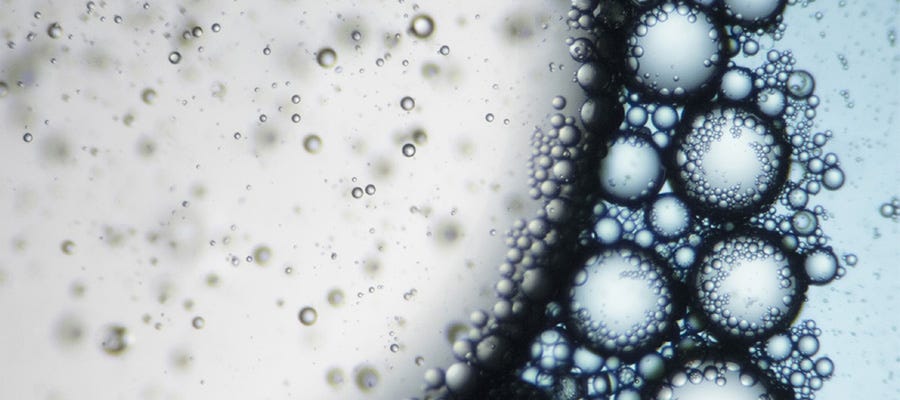
What Now?
Cleaning is only the first step in keeping areas dirt, and germ free. In most cases the use of a sanitizer or disinfectant is warranted.
The Flexo Products team can help you determine what cleaning product to use, and ensure you are using the most effective solution for your facility.
There are also various tools and machines that can assist you in carrying out your cleaning processes safer, faster, and more efficiently for your bottom line.
Send us an email at sales@flexoproducts.com or give us a call at 1-800-263-2540.

